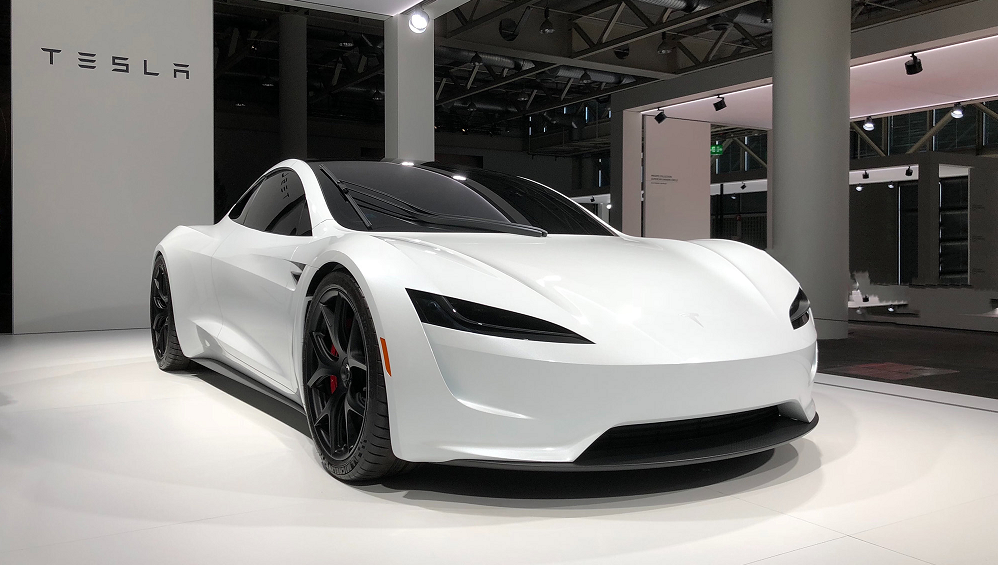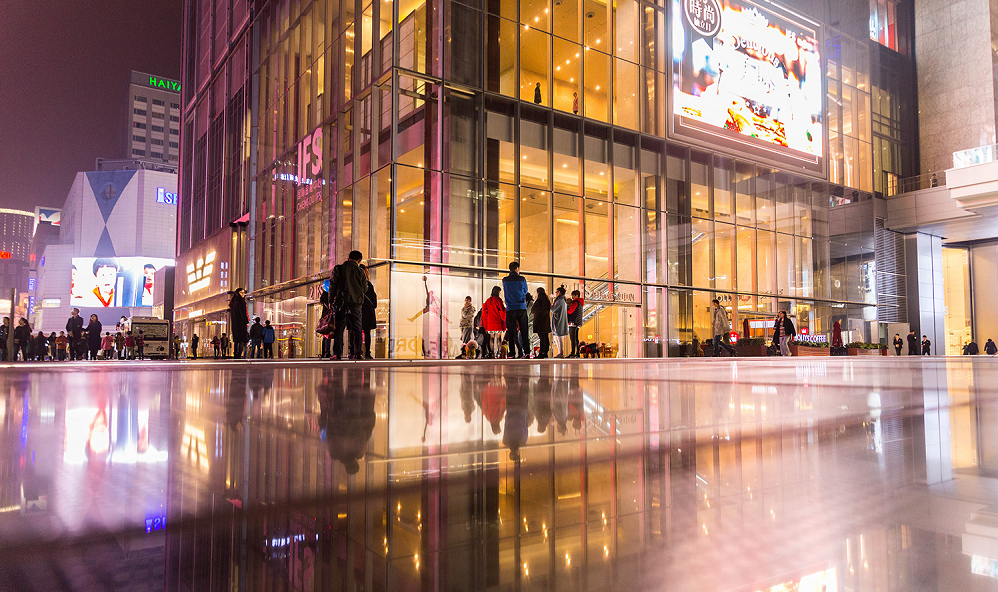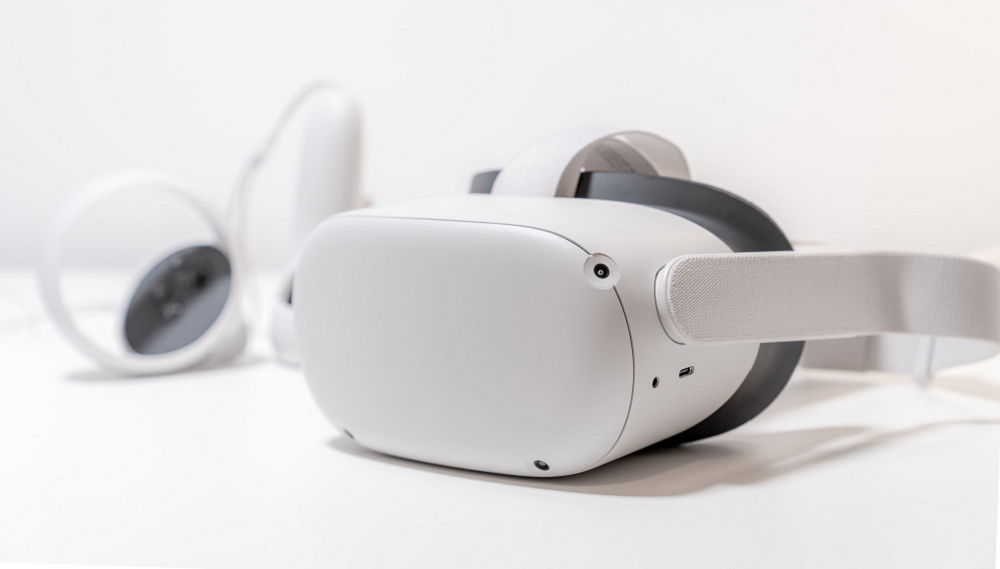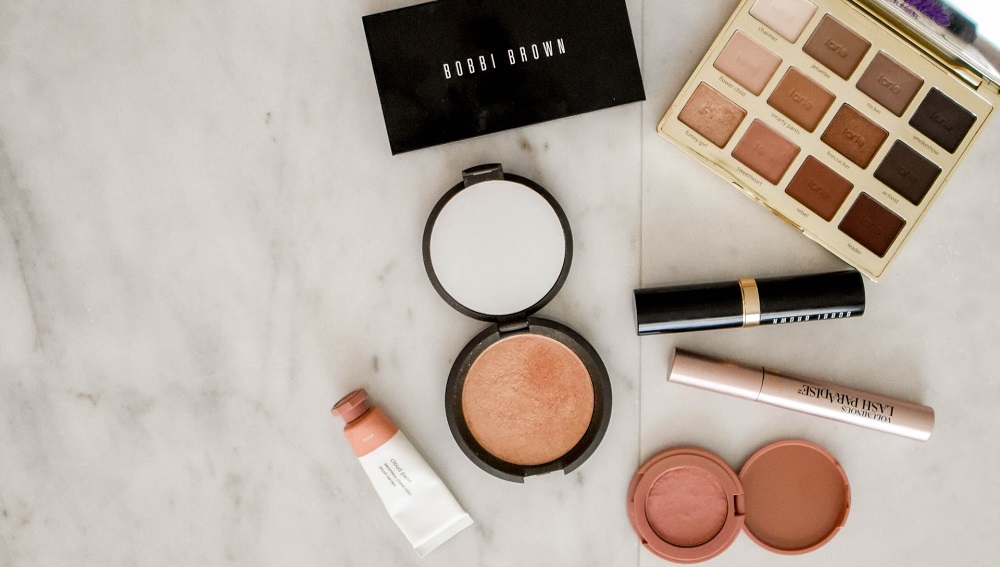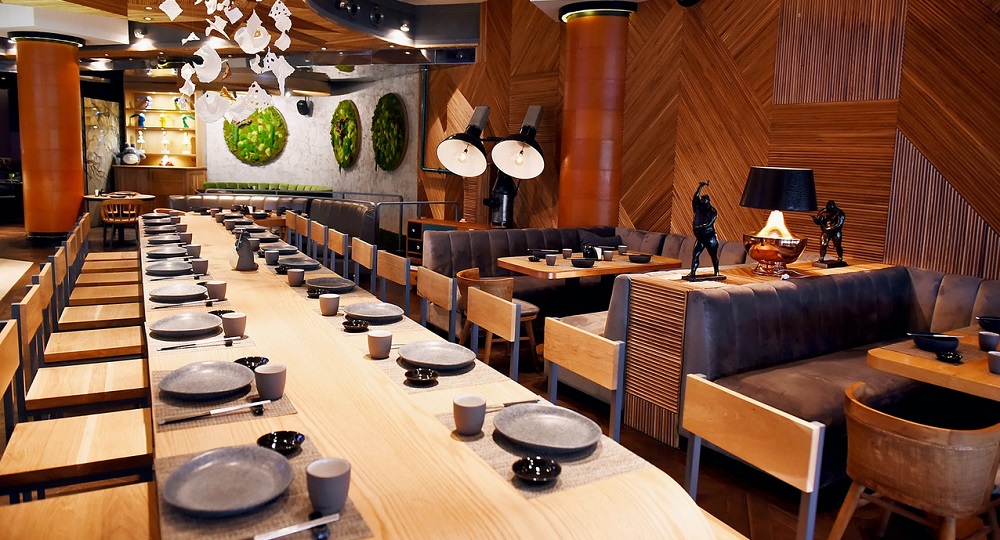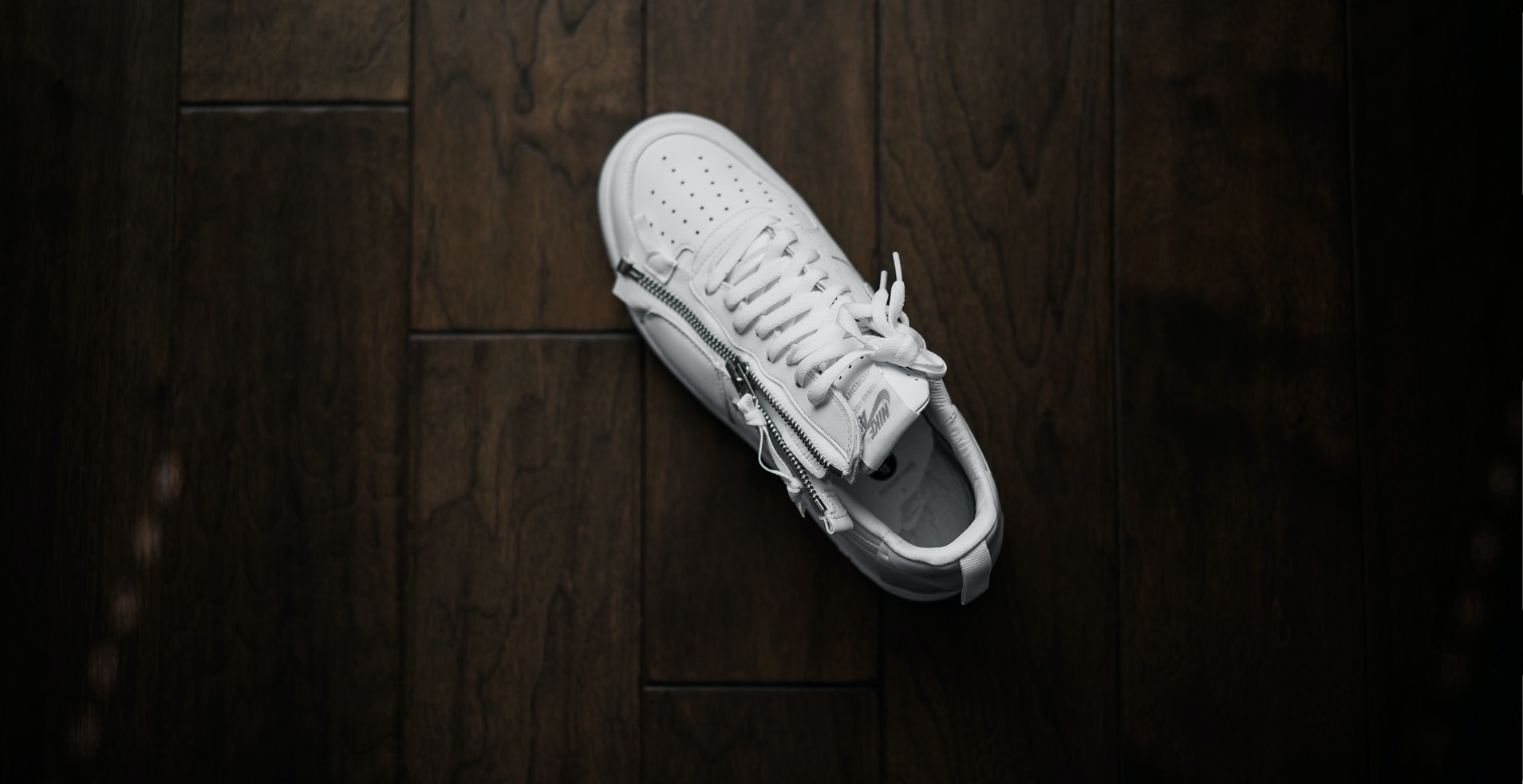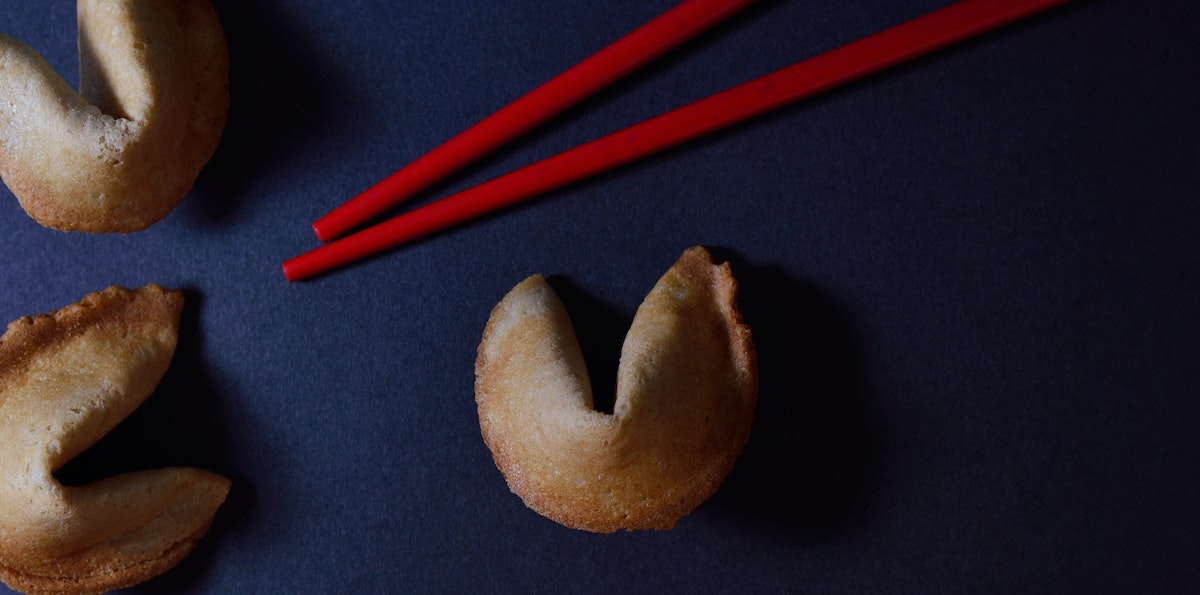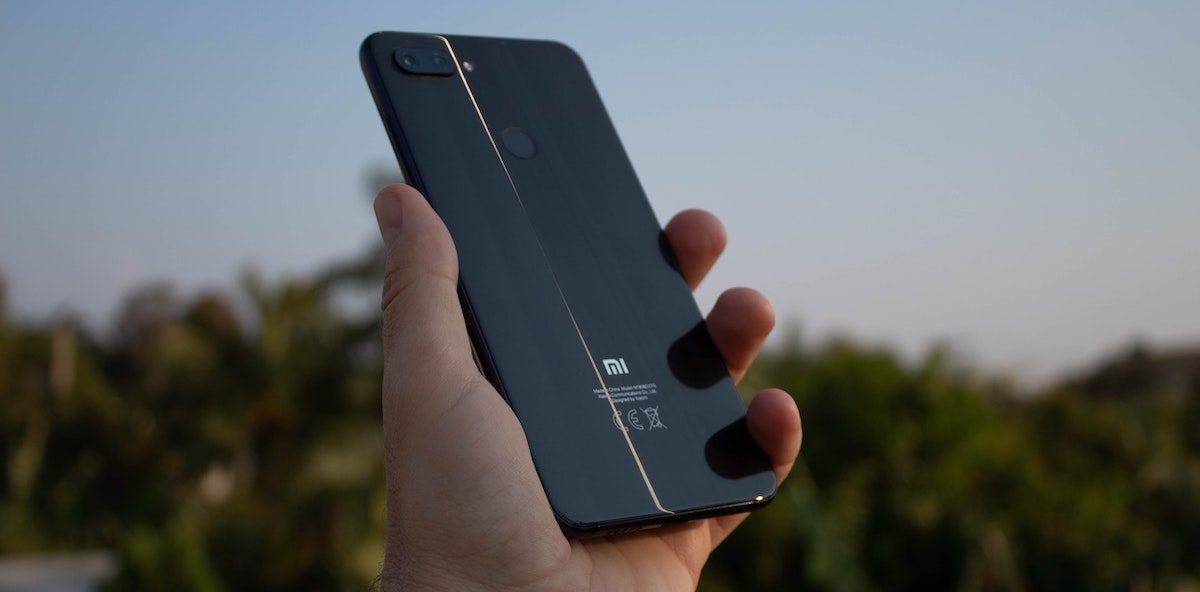Signs of recovery are starting to emerge for China Tourism, Sandalwood Tourism Tracker and Retention data shows. Ctrip and Tongcheng Elong’s transaction level surge points to a rising overall Chinese consumer travel demand. Domestic travel remains above-seasonal post-CNY. Tourism to Hainan Island recovered and surpassed same period last year. In addition, though still far from 2019 level, CITS Sunrise Duty Free offline sales point to strong signs of rebound, up +331% y/y in 1Q22 QTD (Data up to Feb 26th).
Sandalwood China Auto Insurance data indicates below-seasonal level car deliveries of Tesla in December at 37,723 as of Dec 25. Hangover effects from strong November delivery and weak consumer demand despite additional subsidies are likely the main culprits. Model Y continues to take the lead. 27,480 and 10, 243 units of Model Y and Model 3 were delivered respectively MTD.
Sandalwood China E-Commerce Data shows COVID-related drug sales on JD reached 96.93 million RMB (around 13.91 million USD) in last week of Nov, representing a 465.02% y/y growth compared to 2021. Sales of cold and cough medicine grew 380.18% y/y and reached 60.17 million RMB (around 8.64 million USD), whereas Antipyretic and Analgesia grew 694.82% y/y and reached 36.77 million RMB (around 5.28 million USD).
Sandalwood China E-Commerce Data shows the cumulative sales volume of China online cellphone sales reached 76.49 million from January to October 2022, a 3% y/y decline compared to 2021. E-commerce channel has taken 1/3 of the overall market sales. Compared to the 12% y/y decline of the whole cellphone market (online+offline), e-commerce channel remains resilient. Taking a closer look at the growth factor of cellphone sales around Double 11. Sales volume of the whole sector during pre-sales (Oct 20 – 30) was 1.6 times regular period (Oct 1-19) while that during Double 11 (Oct 31 – Nov 11) reached 3.7 - exceeded expectations of many.
Sandalwood E-Commerce data showed online cellphone sales reached 6.8 million units during Oct 20 – Nov 5 in China, 2.3 times the sales volume during regular period (Oct 1-19). JD accounts for 44% of the overall online sales, whereas Tmall, Pinduoduo, Douyin, Kuaishou account for 39%, 13%, 4%, 4% respectively. Sales on JD, Tmall, Pinduoduo, Douyin, Kuaishou were 2, 5, 1.4, 3.3, 4.6 times that of regular sales period (Oct 1-19).
The quiet yet promising launch of Temu marks yet another Chinese tech giant’s attempt to succeed in the American e-commerce market. The online marketplace is a subsidiary of Pinduoduo which successfully rose through fierce competition in the China e-commerce space. Just one month after it went live, Temu has ranked among the most downloaded shopping apps in the US. Will the fast growing platform maintain its momentum and pose a challenge to its main competitor Shein and other US e-commerce leaders like Amazon?
PICO4 struck a balance between quality user experience and friendly pricing as an All-In-One VR targeted towards the mass market. Its wearing experience, screen display, optical scheme, spatial orientation, and system interaction experience significantly improved compared to past generations. Its fitness, video, entertainment, and content creation have gradually come into play as well. Most noteworthy, PICO4 set its price at a widely acceptable range at below the Chinese smart phone market average (3000RMB).
iPhone 14 series pre-order and preliminary sales showed: 1) similar performance as iPhone 13 series with slight year-over-year decline; 2) standard models have seen significant decline while Pro series achieved sizable year-over-year growth. iPhone 14 Pre-Order Performance (7-day pre-order sales during September 9-15) Sandalwood e-commerce data showed 7% y/y sales volume growth for iPhone 14 series on Tmall compared to iPhone 13 series during the 7-day pre-order period. Sales value also grew 17% y/y.
With all the attractive perks such as convenience in getting license plates, government subsidy, better driving experience, and shrunken price difference, electric vehicles sales in China skyrocketed 154% last year as more consumers opt for greener cars. Tesla and BYD remain as market leaders followed by Xpeng, Li Auto and Nio. Tesla beat market expectation and finished 4Q21 strong with 116,236 delivery units in China, attaining +92% y/y growth. Xpeng and Li Auto also showed positive momentum with 41,751 and 35,221 delivery units respectively in 4Q21, while Nio had a mediocre 4Q21 performance with 25,034 units delivered.
The fast growing China cosmetics market has been increasingly gaining investors’ attention. The emergence and rise of domestic players widened choices for consumers and exerted fierce competition into the market, encouraging brands to adapt quickly and seek more effective strategies. Meanwhile, constant change in consumer appetite within yet another year under the pandemic have led the landscape to evolve.
In what many considered as a very bold move at the height of COVID-19 in 2020, Haidilao expanded massively — reaching a total of 1597 stores by June 2021. Unfortunately this delivered a disappointing blow to Haidilao’s bottomline. Stock price dropped continually at a staggering 74% from its peak on Feb 17 to Nov 8 this year. As an attempt to stop the bleeding, Haidilao announced shut down of 300+ stores by Dec 31, 2021. Sandalwood weekly sales data saw this coming, because data consistently showed weakness throughout 2Q21.
There has been an ongoing shake-up in China’s e-commerce industry lately. While Pinduoduo has been taking share gradually from traditional e-commerce giants Alibaba and JD since late 2020 mainly in sportswear and apparel sectors, Douyin and Kuaishou, the known-to-be live-streaming leaders, have also started to gain momentum in getting substantial market share in the past few months — especially for the apparel and cosmetic sectors.
China is one of the biggest markets for luxury worldwide. The luxury market in China has seen a healthy growth versus the same period two years ago for the first half of 2021(+107%YoY2). This acceleration continued during the first three weeks into July, but surprisingly dropped to +46% YoY2 during the last week, as seen on the chart below. Most noteworthy is the stock price drop for major luxury brands by mid-August, roughly about 10%.
Ride-hailing giant Didi is at a critical crossroads — just a month into its June 30 blockbuster IPO in the US, only to be followed days later by a string of Chinese government regulatory-related problems. While the company mulls the plan of going private as a solution to its troubles, several securities fraud class action lawsuits were filed against Didi Global Inc. by its investors.
Logistics plays a substantial role in Chinese people’s daily life, and the industry is fundamental to maintaining stable supply chains. Although the pandemic suppressed the overall domestic demand especially during the onset of the outbreak in 2020, the growth in online consumption has surged since then — and has spurred an already competitive logistics industry to heights of fierce competition. What was once dominated by top players like ZTO, YTO, STO, Best Express, Yunda Holding collectively accounting for about 70% of market share
Once upon a time in the not-so-distant past, Nike and Adidas were enjoying what seemed to be an unbreakable bond with their Chinese fans. Both brands have very popular flagship products with loyal followers, such as the Adidas Yeezy, Nike Air Max, Nike Air Jordan. But this seemingly unbreakable bond started to crumble almost in a split second when the two companies released a sensitive statement in March of this year, leading to an overnight boycott of the brands. A crushing, bombshell “break-up” neither Adidas nor Nike knew was coming
The food and beverage industry was the most impacted and devastated business during the COVID pandemic, costing hundreds of billions of dollars in revenue loss and millions of jobs shuttered across the globe. Haidilao (6862.HK), the most dominant hot pot chain in China with 1,298 stores globally and employing a workforce upwards of 15,000, was not spared from this devastation. But the famous hot pot chain’s losses due to the pandemic was short-lived and was largely confined to the first half of 2020. During the latter part of 2020, Haidilao saw a full recovery of its overall performance. Sandalwood data indicates a bounce back for the company’s overall daily sales value in late December 2020 to the same period a year ago.
2020 was a great year for Xiaomi. As a starter, its solid online channels helped absorb the negative impact from Covid-19. Its new models (many featuring 5G at a steep discount vs. T1 players) outperformed the old ones which speaks volumes about the company’s strength in innovation. Furthermore, Xiaomi benefited from consumers shifting away from Huawei. Looking ahead, will Xiaomi continue its strength in 2021? How popular will the new models like Redmi K40 and Mi 11 Pro be?
Kuaishou’s meteoric rise to the top culminated during its February 5, 2021 Hong Kong debut that raised $5.4 billion from its initial public offering, raising its shares nearly 200%. The blockbuster deal placed Kuaishou at the top as the world’s biggest internet IPO since Uber Technologies Inc.’s $8.1 billion share sale in the US in May 2019.
Community group buying, an e-commerce model of group purchases by residents within the same neighborhood, is becoming increasingly popular since the second half of 2020. This industry sprang out in 2018, but got suppressed in 2019 due to poor regulations. However, after its re-entry into 2020 and the impact of COVID, on-demand grocery markets became the hottest topic again.








